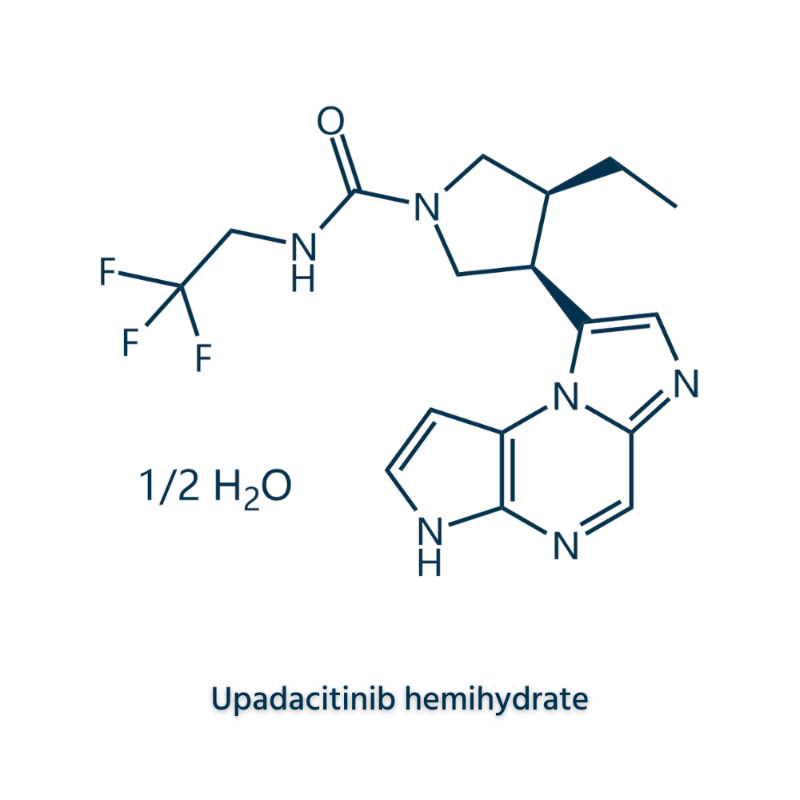-
Categories
-
Pharmaceutical Intermediates
-
Active Pharmaceutical Ingredients
-
Food Additives
- Industrial Coatings
- Agrochemicals
- Dyes and Pigments
- Surfactant
- Flavors and Fragrances
- Chemical Reagents
- Catalyst and Auxiliary
- Natural Products
- Inorganic Chemistry
-
Organic Chemistry
-
Biochemical Engineering
- Analytical Chemistry
-
Cosmetic Ingredient
- Water Treatment Chemical
-
Pharmaceutical Intermediates
Promotion
ECHEMI Mall
Wholesale
Weekly Price
Exhibition
News
-
Trade Service
Erlotinib concentration determination of subcutaneous or intracranial PDX model GBM GBM was carried out using matrix-assisted laser desorscent ionizing/ionizing mass spectrometry (MALDI MSI) and liquid chromatography-series mass spectrometry technology (LC-MS/MS) and found that Erlotinib high concentration (100mg/kg) and low concentration (33mg/kg) were treated in the subcutual tumor model- From the article chapter
(Ref: Randall EC, et alNat Commun2018 Nov 21;9(1):4904doi: 10.1038/s41467-018-07334-3)glioblastosa (glioomablast, GBM) Erlotinib is the first representative of the skin growth factor receptor (EGFR) inhibitor, which has been used in the treatment of small cell lung cancer, but has less effect on GBMElizabeth CRandall of Brigham and Women's Hospital Radiology at Harvard Medical School and Women's Hospital, among others, conducted a study on erlotinib's pharmacokinetics(PK, PK), pharmacodynamics, PD, and tumor cell response response to evaluate the causes of GBM's failure in the treatment of GBMThe findings were published online in Nature Communications in November 2018the study transplanted human GBM tumor cells into the intracranial or abdominal subcutaneous pDX model of mice, performed different concentrations of Erlotinib on the GBM of the two PDX models, and then took the PDX model intracranial or subcutaneous GBM for multimode analysis of erlotinib's PK and PD and intra-tumor cell signaling pathwaysmulti-modal analysis of the intracranial PDX model GBM after Erlotinib treatment, it was found that Erlotinib and its active ingredients were widely distributed throughout the brain, and that the concentration of drugs in the tumor was higher than that of normal brain tissue, but the distribution within the tumor showed significant differencesThe brain MRI image was fused with the Erlotinib concentration distribution image, and the drug concentration was measured in different target areas (ROI) such as tumor core, tumor edge and normal brain tissue, and the concentration of tumor edge drug was found to be significantly lower than that of the tumor core, indicating that the drug concentration in a large number of GBM cells was very lowusing matrix-assisted laser desormydization/ionization mass spectrometry (MALDI MSI) and liquid chromatography-series mass spectrometry technique (LC-MS/MS) to determine the concentration of Erlotinib in subcutaneous or intracranial PDX model GBM, it was found that Erlotinib high concentration (100mg/kg) and low concentration (33mg/kg) of the tumor in the tumor underthecranus model were significantly higher than the concentration of the tumor in the tumorfurther eGFR and p-EGFR immunofluorescent staining of GBM in subcutaneous and intracranial PDX models, it was found that the activity of EGFR and p-EGFR (p.0.0136 and p.0.0) in the high concentration of Erlotinib (100mg/kg) in subcutaneous PDX tumors was significantly inhibited compared to the placebo group002) And there was no significant difference in EGFR and p-EGFR activity between the intracranial PDX model tumor group (100 mg/kg) and the placebo group (p.358 and p.8859), indicating that erlotinib had low effective concentration and weak inhibition of EGFR pathways in the intracranial PDX model GBMused laser photography microcutting technology (LCM) to divide the intracranial PDX model GBM high concentration (100mg/kg) processing group into four quadrants (R1, R2, R3 and R4) to determine the erlotinib concentration, and found that the concentration of drugs in the tumor R1 quadrant was relatively high, but only with the subcutaneous PDX model GBM concentration (33mg/kg) of the processing groupFour quadrants of intracranial tumors were sequenced with subcutaneous tumors, and it was found that the high concentration (100 mg/kg) treatment group of intracranial PDX model was consistent with the very low concentration (5 mg/kg) processing group of the subcutaneous PDX model, and the transcription group of intracranial and subcutaneous PDX model tumors in the dose-dependent dose was shownauthors concluded that Erlotinib's distribution in intracranial gliomas was heterogeneous and that the relatively low concentration at the edge of the tumor may have contributed to Erlotinib's failure to treat gliomasThe pDX model of human glioma established in this study and the multimodal analysis methods such as drugs and molecular detection provide a good experimental model foundation for future drug research and development and testing.







